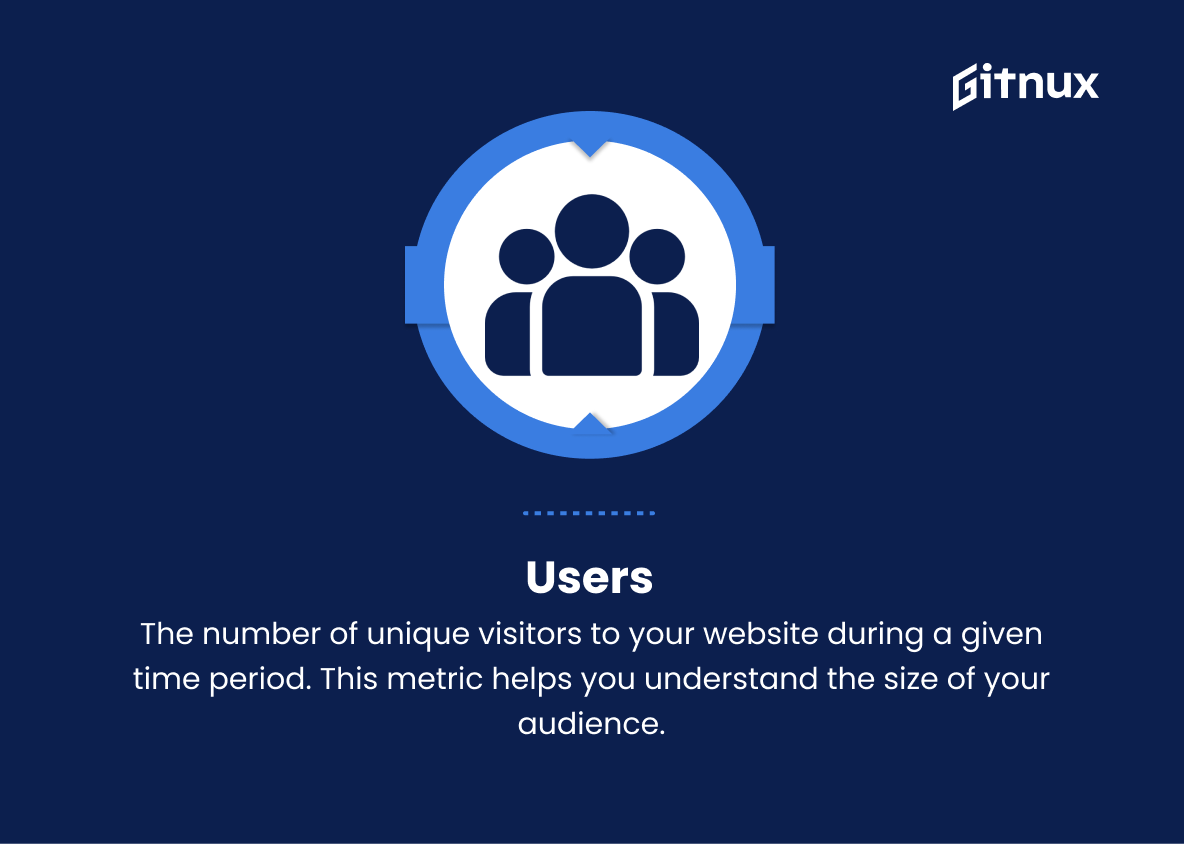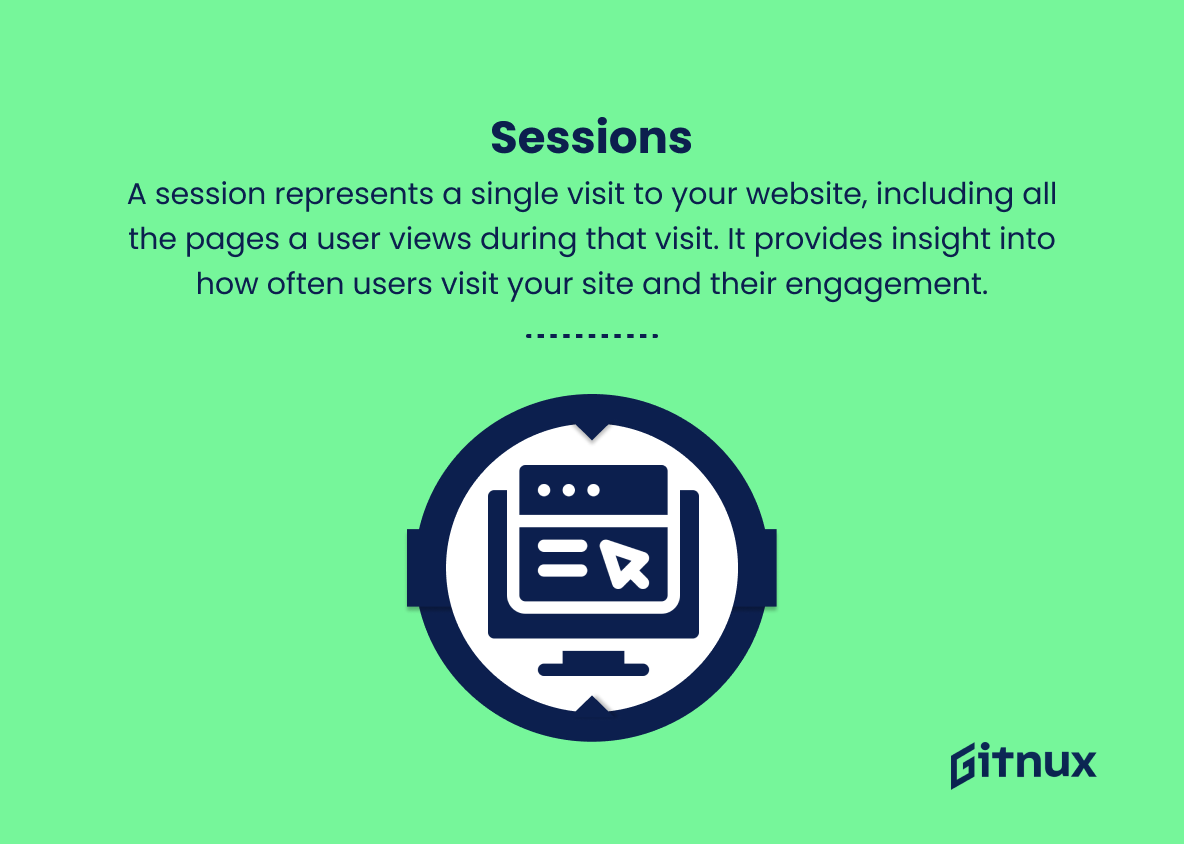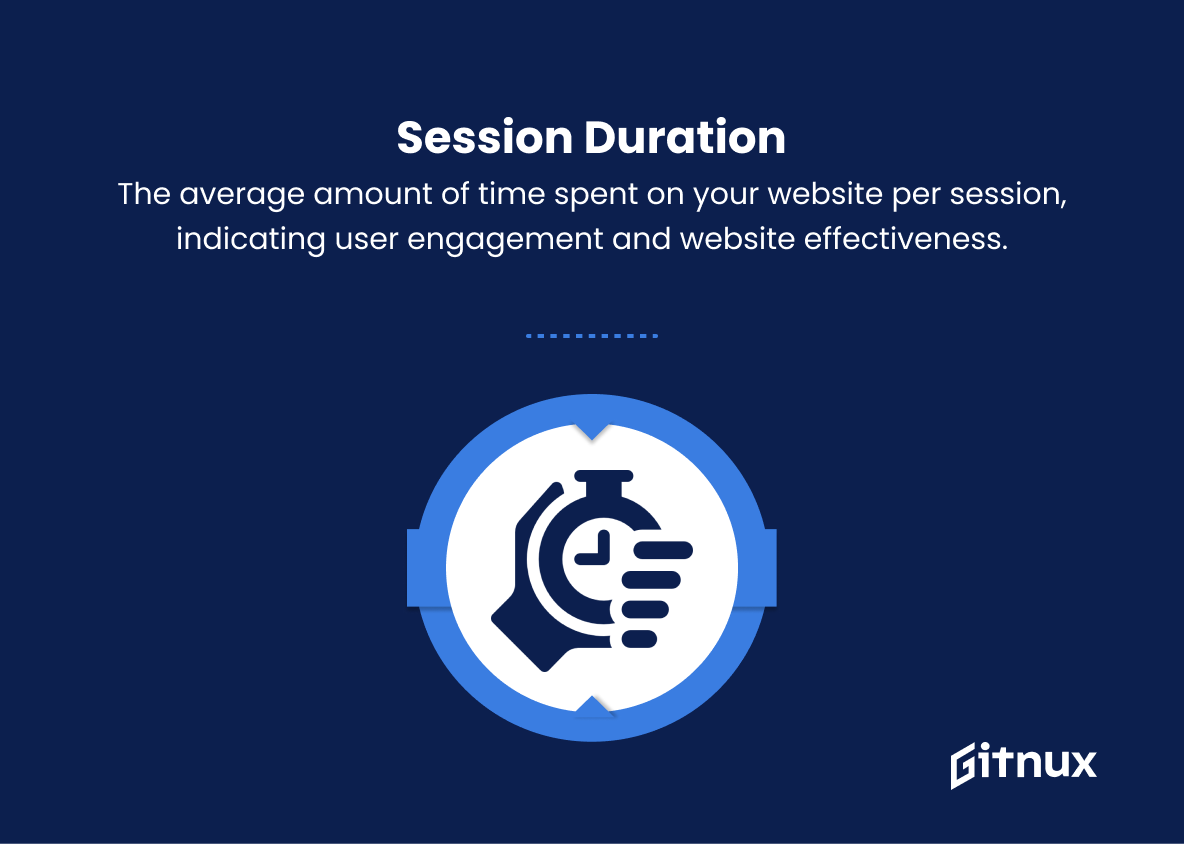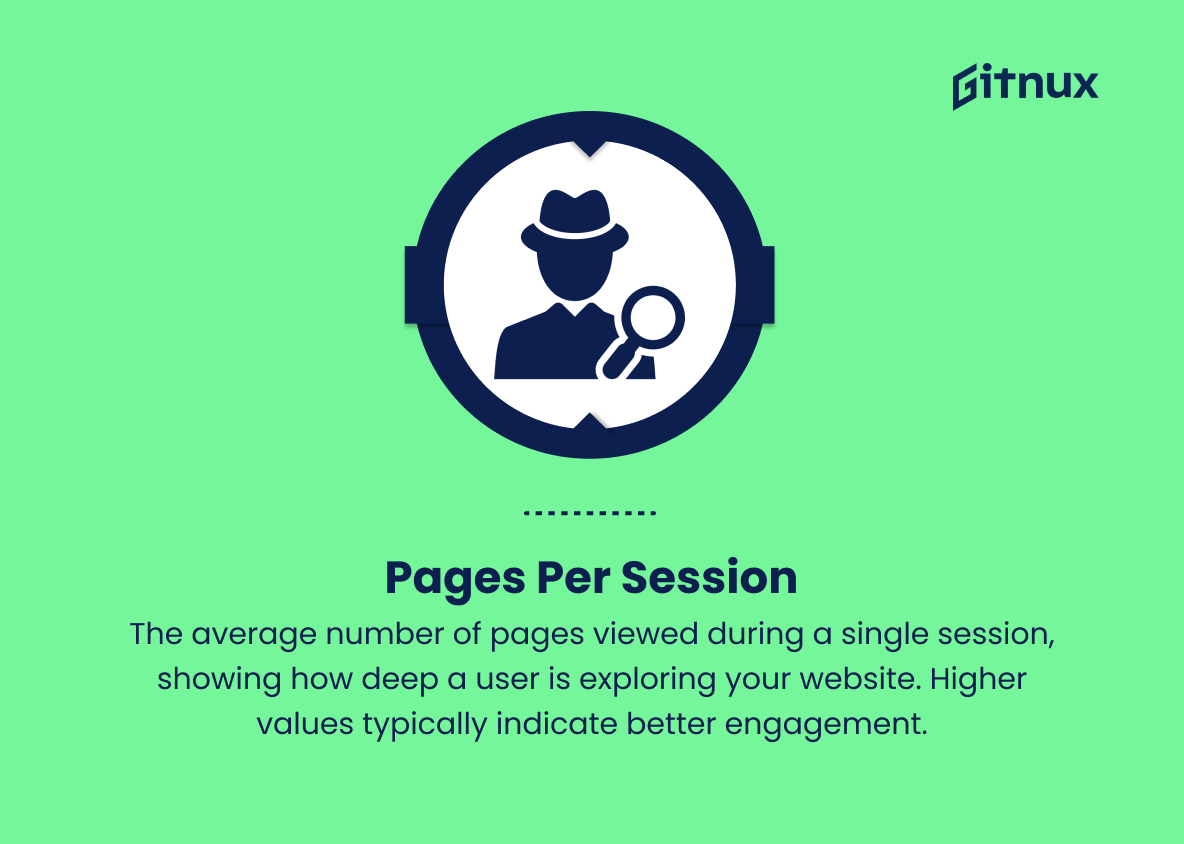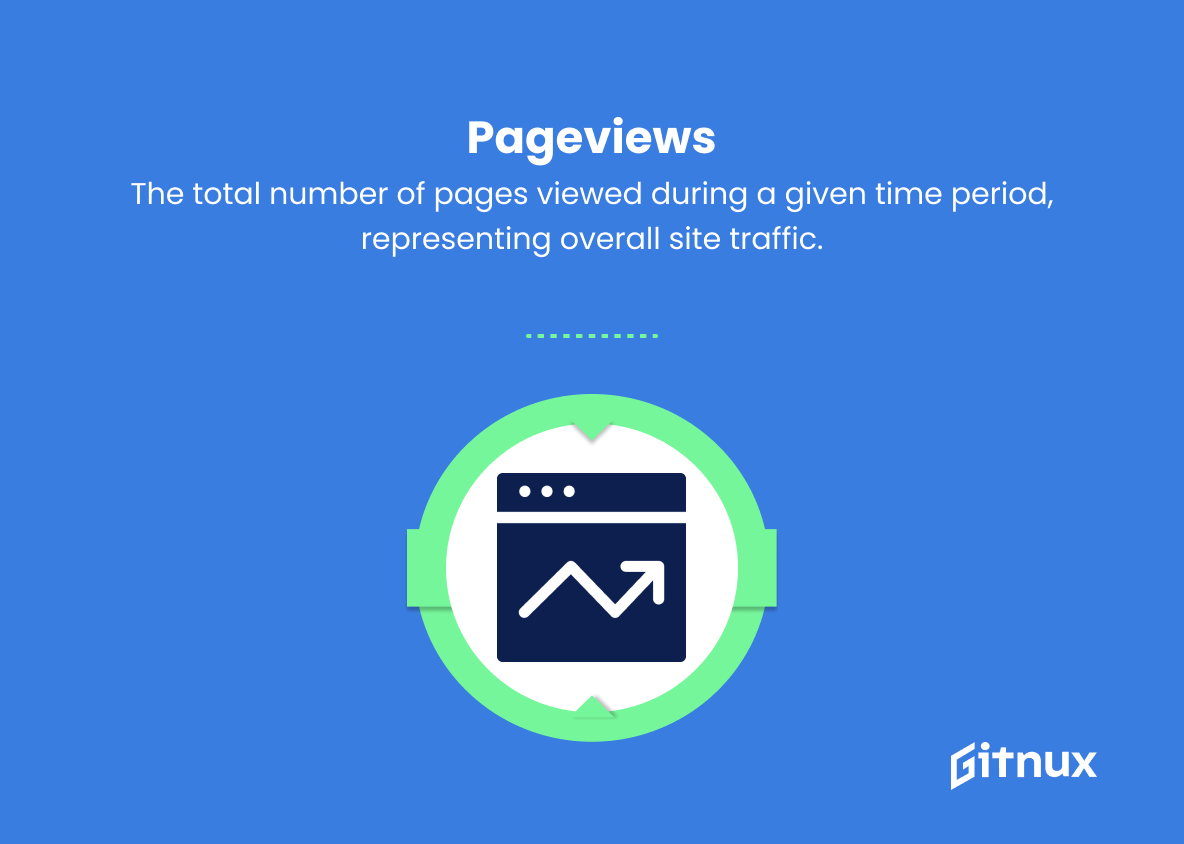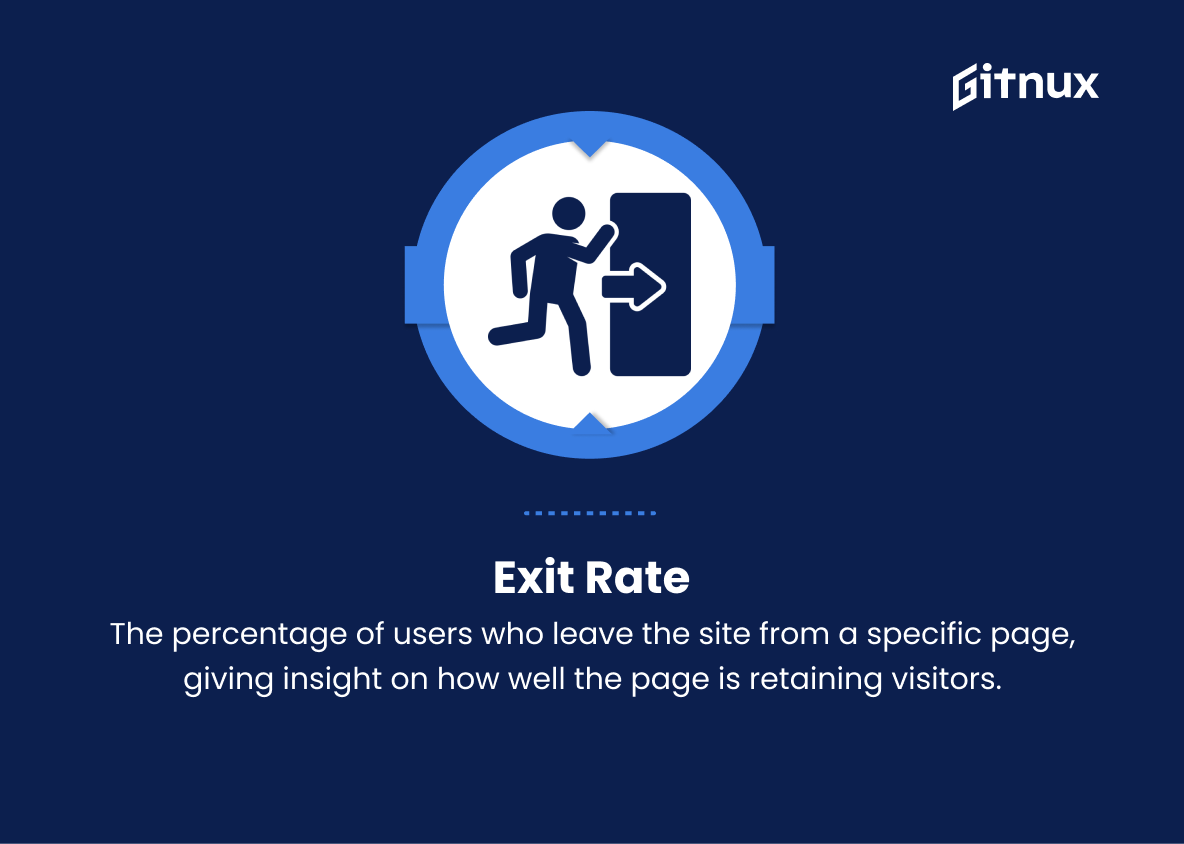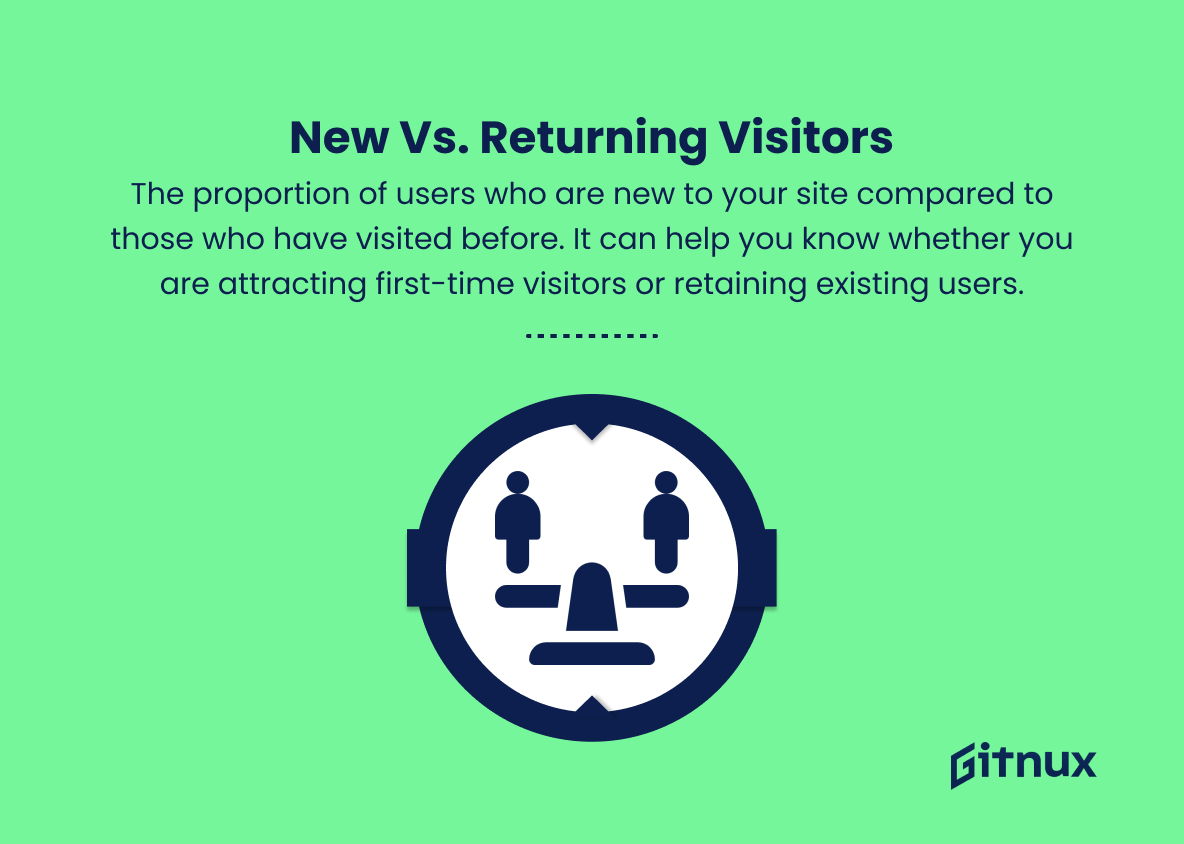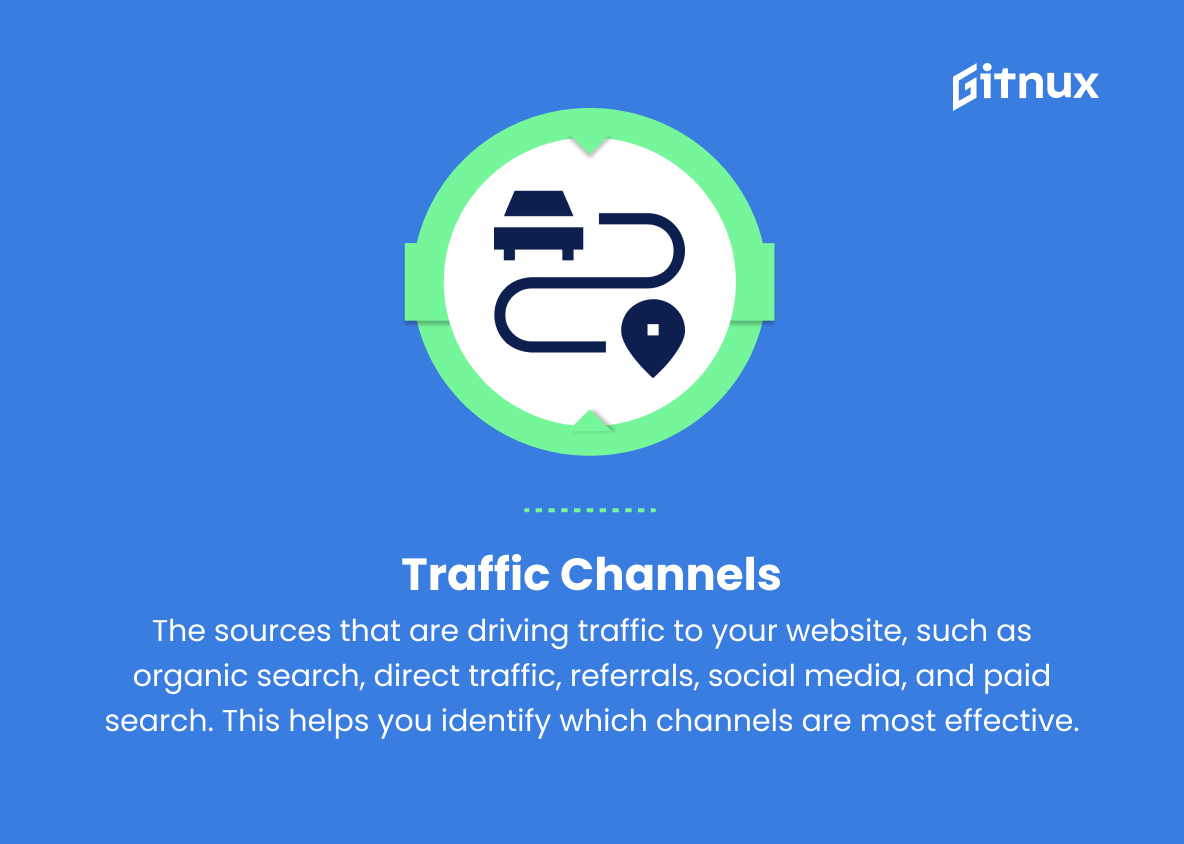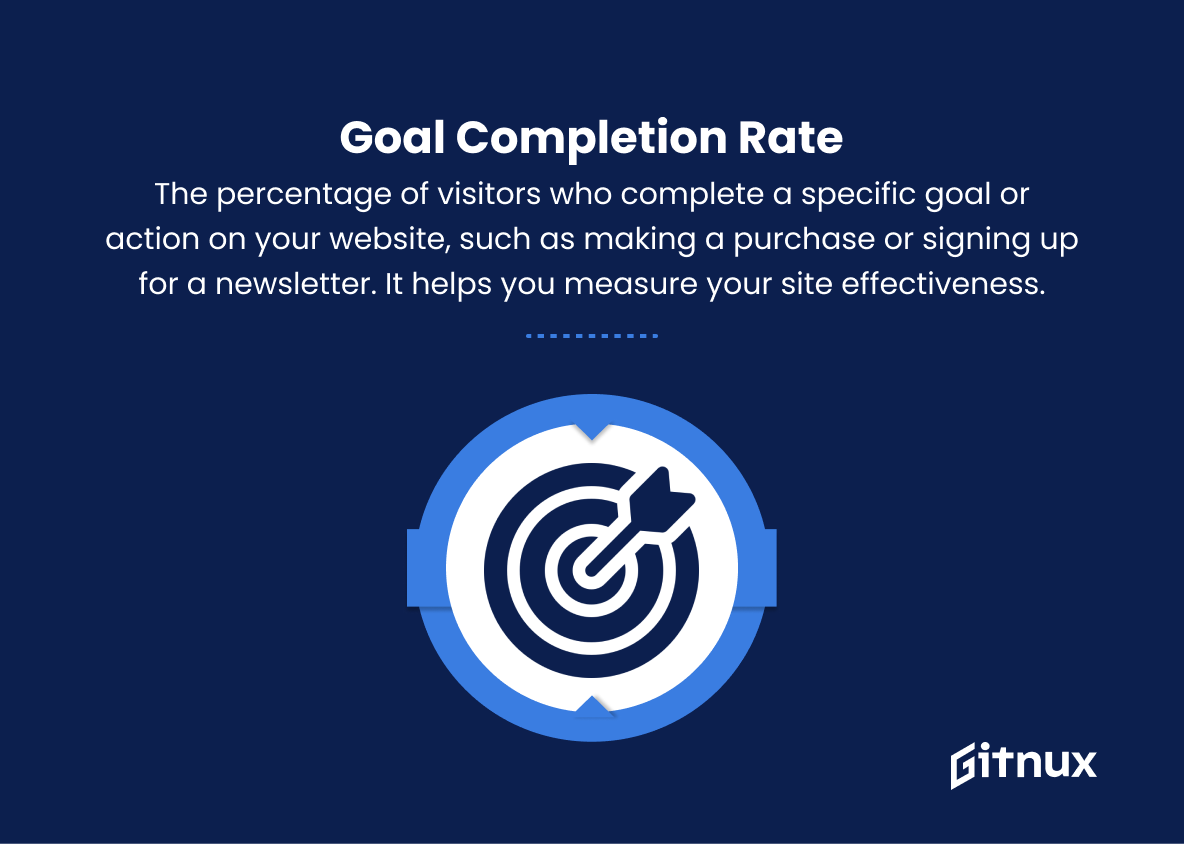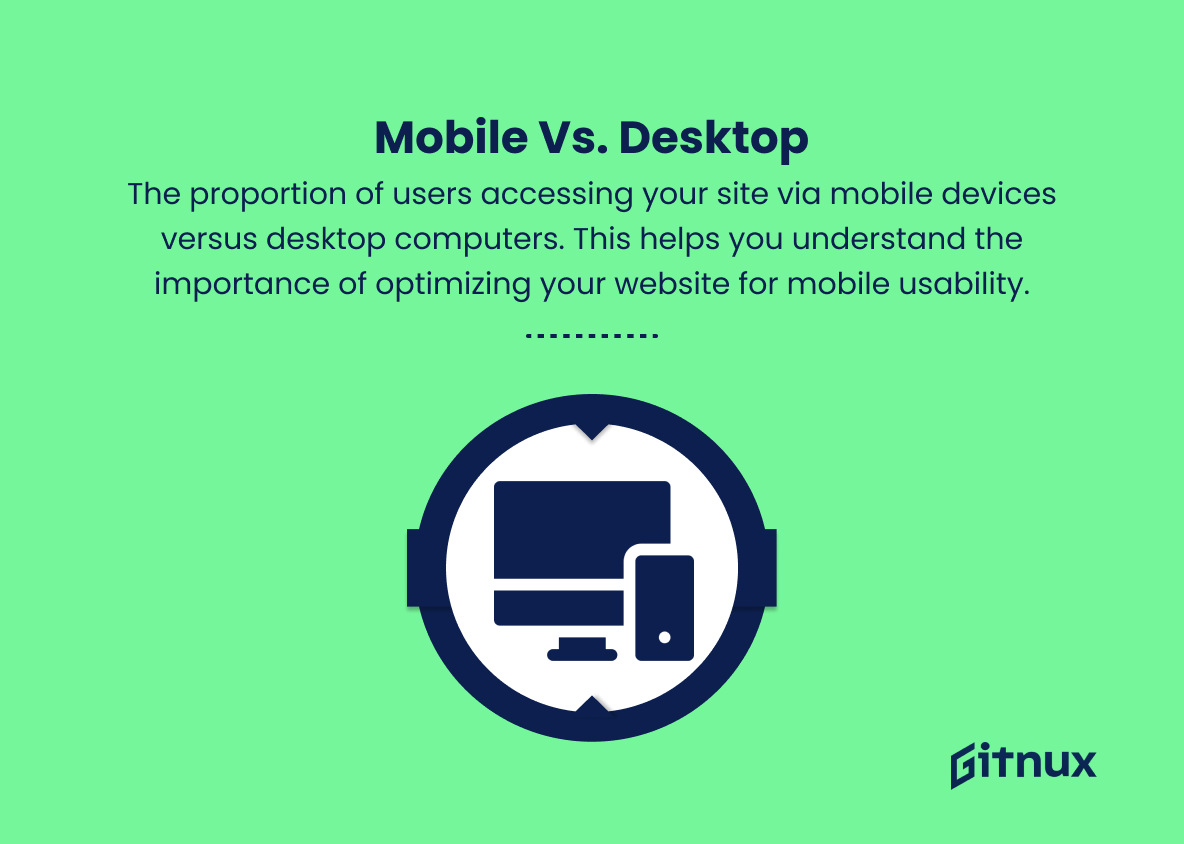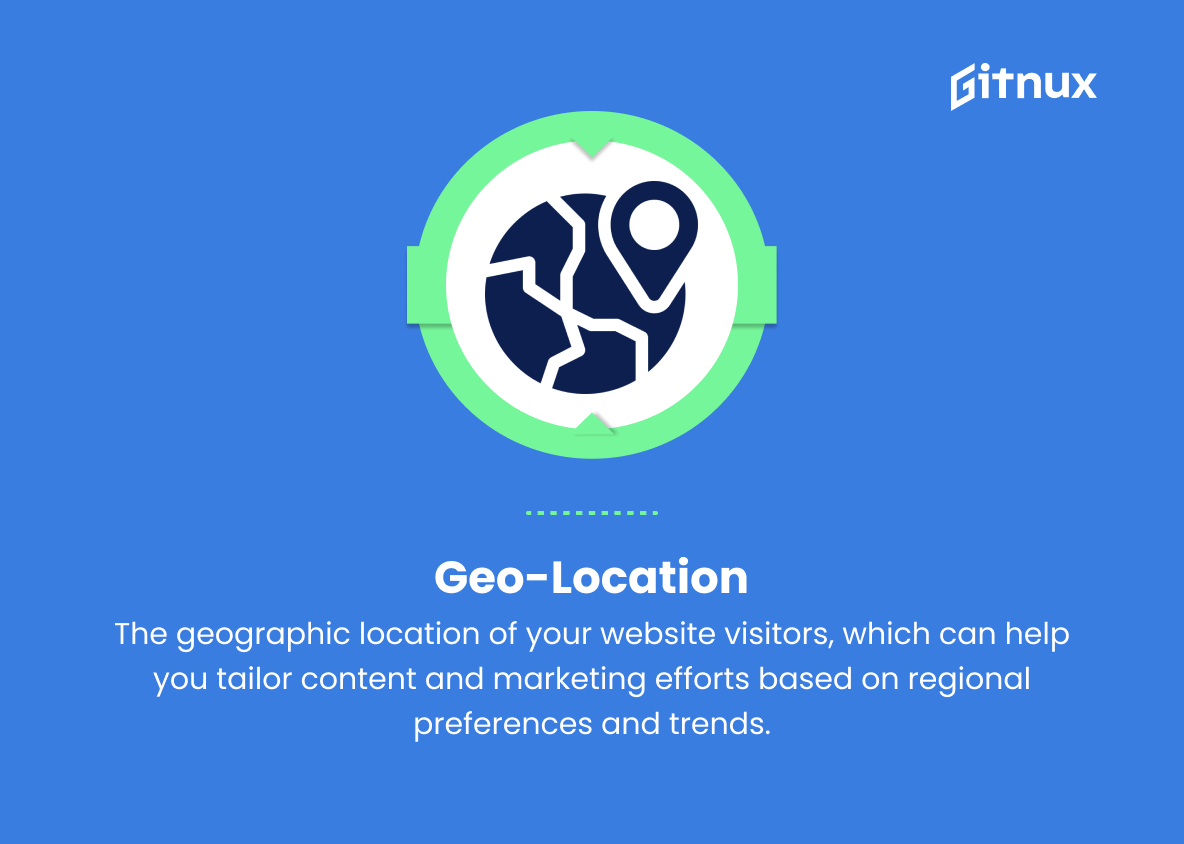In today’s fast-paced digital landscape, understanding and utilizing data-driven insights are crucial to the success of any online business. As one of the most powerful web analytics tools on the market, Google Analytics offers an abundance of valuable data that can help measure the effectiveness of marketing efforts, better understand user behavior, and ultimately optimize overall web performance. In this in-depth blog post, we will delve into the most important Google Analytics metrics that every marketer and website owner should be familiar with, providing you with the essential knowledge to enhance your online presence and make more informed decisions for your business’s growth. So, let’s unlock the power of these key metrics to transform your website’s performance and reach new heights of success.
Important Google Analytics Metrics You Should Know
1. Users
The number of unique visitors to your website during a given time period. This metric helps you understand the size of your audience.
2. Sessions
A session represents a single visit to your website, including all the pages a user views during that visit. It provides insight into how often users visit your site and how engaged they are during those visits.
3. Bounce Rate
The percentage of single-page sessions, where a user leaves the site without interacting with the page beyond the first pageview. A high bounce rate may indicate poor user experience or irrelevant content.
4. Session Duration
The average amount of time spent on your website per session, indicating user engagement and website effectiveness.
5. Pages Per Session
The average number of pages viewed during a single session, showing how deep a user is exploring your website. Higher values typically indicate better engagement.
6. Pageviews
The total number of pages viewed during a given time period, representing overall site traffic.
7. Exit Rate
The percentage of users who leave the site from a specific page, giving insight on how well the page is retaining visitors.
8. New vs. Returning Visitors
The proportion of users who are new to your site compared to those who have visited before. This can help you understand whether you are attracting first-time visitors or retaining existing users.
9. Traffic Channels
The sources that are driving traffic to your website, such as organic search, direct traffic, referrals, social media, and paid search. This helps you identify which channels are most effective in attracting visitors.
10. Goal Completion Rate
The percentage of visitors who complete a specific goal or action on your website, such as making a purchase or signing up for a newsletter. This helps you measure the effectiveness of your website in driving conversions.
11. Conversion Rate
The percentage of visitors who take a desired action on your site, such as making a purchase or signing up for a newsletter. This helps you evaluate the effectiveness of your sales funnels and calls-to-action.
12. Average Order Value (AOV)
The average amount spent by customers during each completed transaction. This is useful for benchmarking sales success and optimizing pricing strategies.
13. Demographics and Interests
Audience data such as age, gender, and interests, which can provide valuable insights for targeting and personalizing your marketing campaigns.
14. Mobile vs. Desktop
The proportion of users accessing your site via mobile devices versus desktop computers. This helps you understand the importance of optimizing your website for mobile usability.
15. Geo-location
The geographic location of your website visitors, which can help you tailor content and marketing efforts based on regional preferences and trends.
16. Landing Pages
The first pages users land on when visiting your site, indicating which content is attracting the most traffic and how well optimized these pages are for user engagement and conversion.
17. Site Speed
The average amount of time it takes for your website to load fully. Site speed is an essential factor in user experience and search engine ranking.
Important Google Analytics Metrics Explained
Google Analytics Metrics are crucial in understanding and optimizing the performance of a website. Metrics such as Users, Sessions, and Pageviews help assess the size, frequency, and engagement of your audience, while Bounce Rate and Exit Rate offer insights into user experience and content relevance. Metrics like Session Duration, Pages Per Session, and Site Speed gauge user engagement and website effectiveness.
New vs. Returning Visitors, Traffic Channels, Demographics, Interests, Mobile vs. Desktop, and Geo-location provide valuable information for audience targeting and marketing strategy personalization. Conversion-related metrics, such as Goal Completion Rate, Conversion Rate, and Average Order Value, allow for the evaluation of sales funnels, calls-to-action, and pricing strategies. Lastly, Landing Pages and Site Speed help identify which content is performing well and emphasize the importance of optimizing user experience for better engagement and search engine ranking.
Conclusion
In summary, understanding and tracking essential Google Analytics metrics is paramount for businesses and marketers who aim to optimize their online presence and conversion rates. By focusing on metrics such as bounce rate, pages per session, average session duration, user demographics, and traffic sources, you will be able to assess the effectiveness of your campaigns and adjust them accordingly. Furthermore, monitoring these crucial KPIs allows you to make informed decisions that foster growth and long-term success. Remember, staying ahead of the curve in today’s competitive digital landscape requires constant vigilance and adaptation. So, keep a close eye on your Google Analytics metrics and utilize the insights they provide to propel your business forward.
